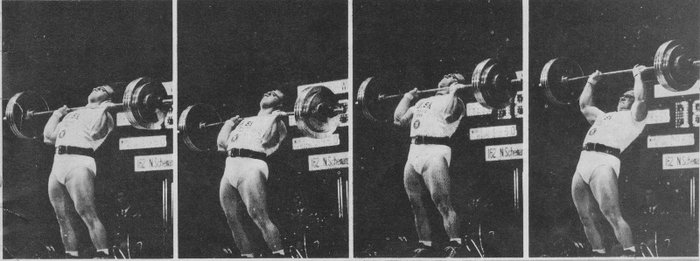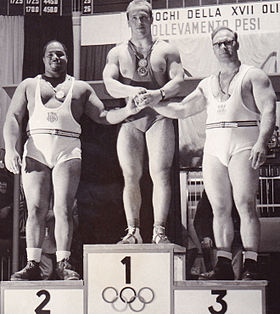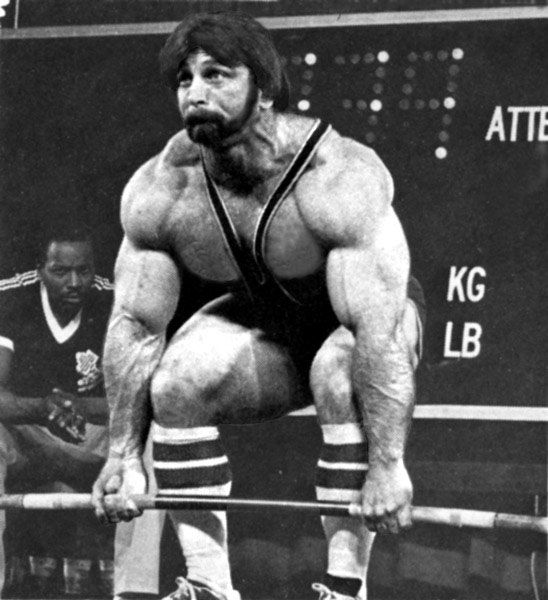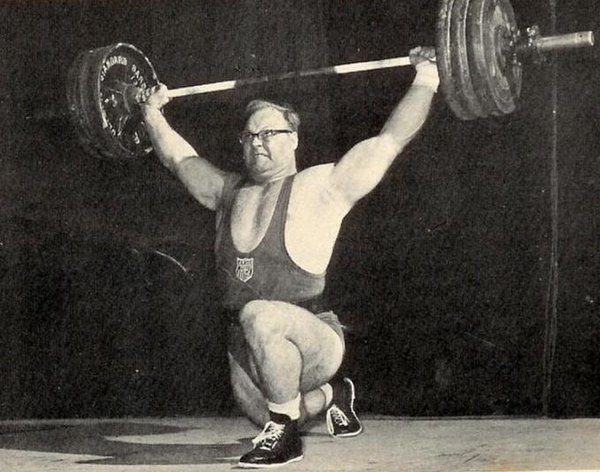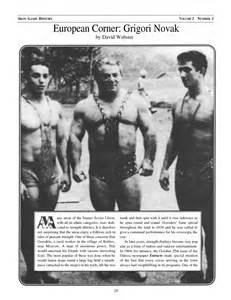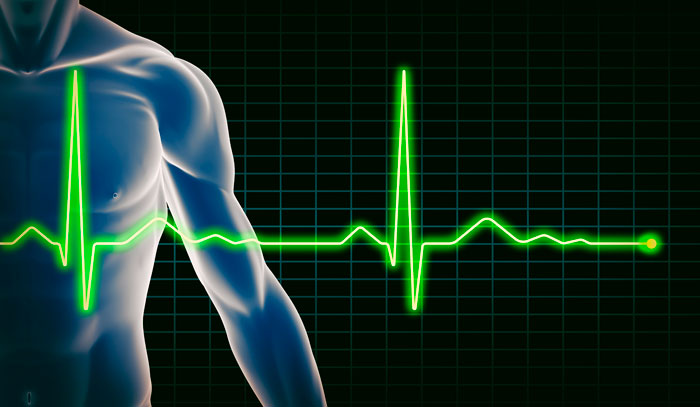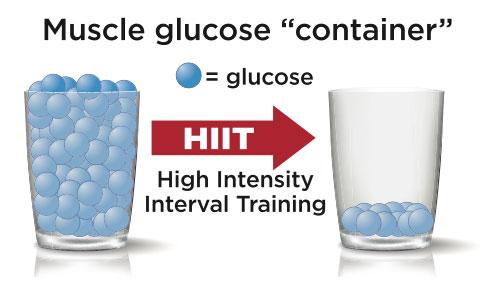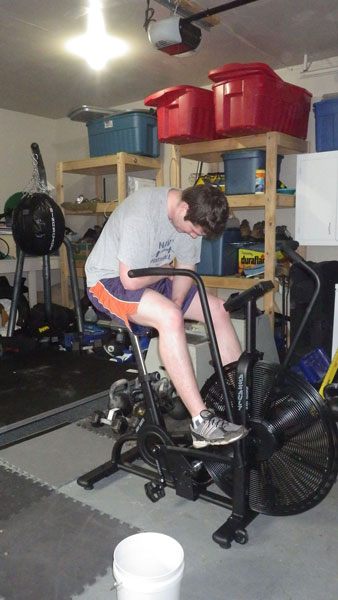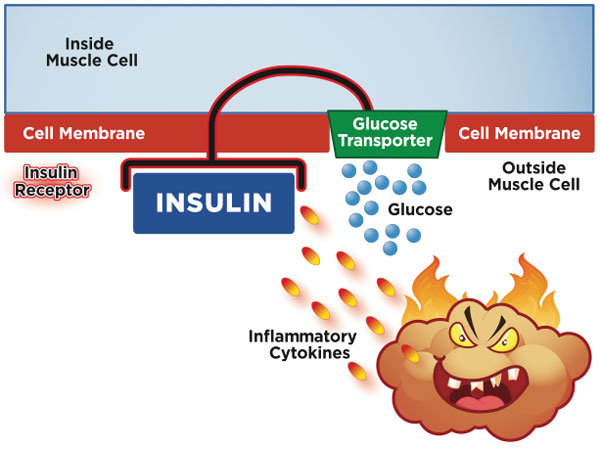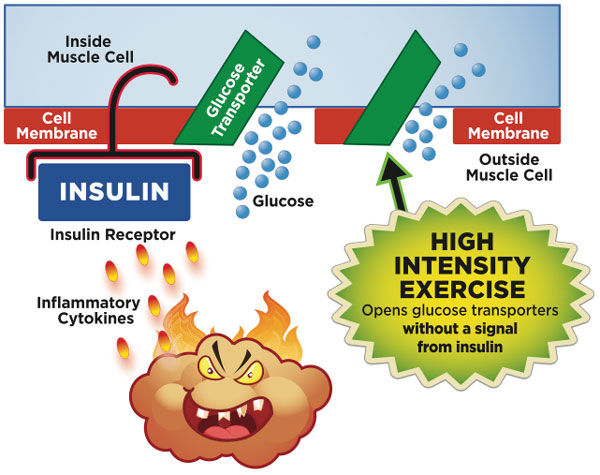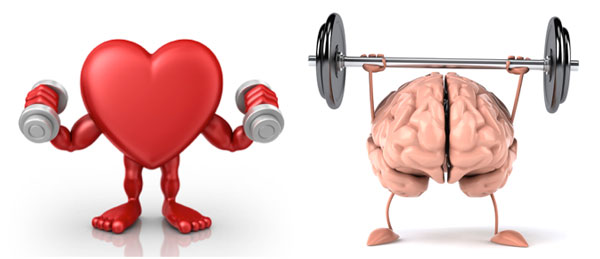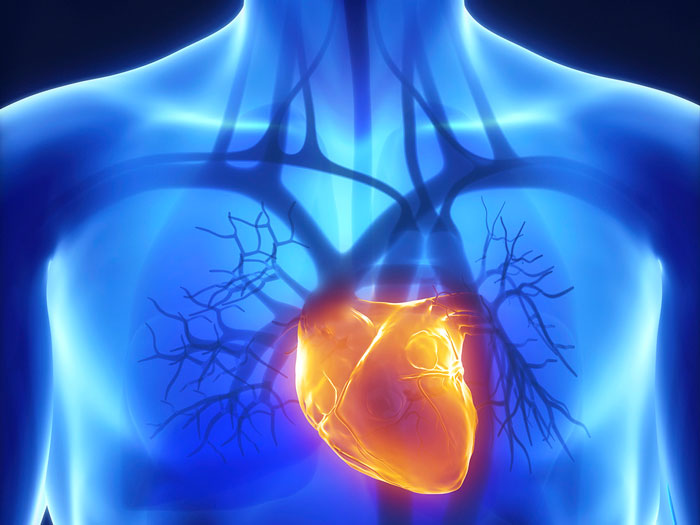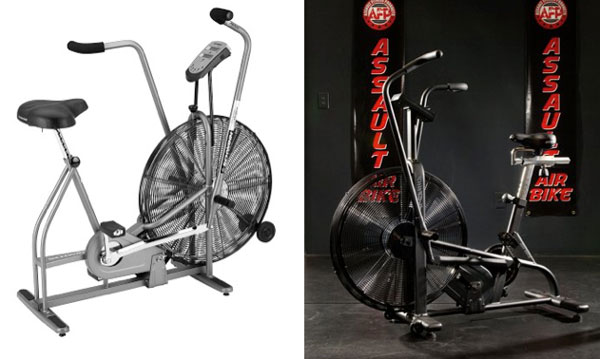
There is no school like Old School!
“Train, eat, sleep, grow – repeat!”
John “Mac” McCallum was a hugely influential figure that burst onto the muscle and strength scene in the 1960s. He built a cult following with his superb column in Strength & Health magazine. The “Keys to Progress” series ran for years and presented a viewpoint and tone that struck a resonant chord with alpha males worldwide. Mac was a man’s man, he offered up a vision of the idealized man—then provided a blueprint for morphing yourself into that ideal. In Mac’s way of thinking, the ideal man was large, muscular, athletic and smart. He loved the rugged, functional physiques of the Olympic weightlifter. Mac was generally dismissive of bodybuilders: they were too effete, preening, egotistical and un-athletic. But, having said that, he worshiped the “power bodybuilders” as exemplified by Reg Park and Bill Pearl.
First and foremost, Mac’s goal was to become strong. The key to transforming into the idealized alpha male was to grow dramatically stronger. Everything flowed from strength; in order to grow stronger, Mac championed the strategy of getting bigger. How did a man grow bigger and stronger? He first and foremost lifted weights in a very specific and disciplined fashion. Secondly, the acolyte purposefully ate a massive amount of food. The goal was to lift weights hard, heavy, often and with incredible training intensity, or “effort,” as he called it. To “support” the intense lifting Mac wanted athletes to eat big and eat often. The emphasis was on protein but his nutritional approach was the “seafood diet,” i.e. see food, eat it. When it came to packing on muscle size, intense lifting and intense eating will grow a body.
He was also a huge proponent of rest, and deep sleep. He rightly believed that if a man shatters himself to the required degree in weight training—lifting long and often—food and rest are needed to recover and grow. The entire growth equation was simple: lift, eat, sleep, grow. Genius.
Mac’s strategy was lift hardcore and eat like a ravenous animal—purposefully and repeatedly, unapologetically… What a profoundly fun, easy and delightful philosophy for a young man to follow! Eat as many calories as possible from the time you get up until the time you go to bed. Protein was favored over all nutrients; McCallum had one article entitled, “Protein is King! But other calories were welcome too”. One particularly awesome Strength & Health article circa 1966, but not a Mac column, described the successful “bulk up” strategy of an air force sergeant stationed in a hut by himself at the North Pole monitoring the missile-detecting DEW line. He had a 500-pound set of weights, unlimited amounts of food, and nothing to do for six straight months in 1965. His inspired tale told of how he spent his time: he lifted weights daily in marathon sessions, and why not? There was nothing else to do! He actually had some metabolism-spiking cardio activity as each day he had to slog around outside in sub-zero temperatures and 60 mph winds for hours each and every day. Then he would come inside, eat like a starving wolf, and sleep for as long and a soundly as he liked. The radio was his only company. Six months later he came back to civilization having gained 100 pounds. That man was a hero to me—I longed to be sent to Greenland, exiled with my books, LP records, weights and unlimited amounts of delicious food.
As a stud high school athlete, I ate two lunches and drank four pints of milk for less than a dollar. Being an alpha male leader of boys, I routinely had food offerings from other students dropped off in front of me. Whatever class followed lunch I predictably went narcoleptic. I was forcefully morphing my body. I engaged in lots of aerobic sports activities which kept my metabolism kicking. The lifting built muscle and the copious calories supported recovery and growth. Shot full of teen testosterone and training hard enough to trigger hypertrophy, I grew muscle—lots of muscle. I was burning thousands of calories in sports activities and eating thousands of calories of all types. I had hit upon a metabolic nirvana. I inadvertently combined my immersion into hardcore weight training with a hormonal growth spurt manifested by dramatically elevated levels of testosterone. The results were immediate and sensational. By age 14, I was a regional weightlifting champion. By age 17, I weighed 200-pounds at 8% body fat. I set my first national records and won my first national championships. Only awful grades prevented me from attending a Division I school on a football scholarship. All of my progress was rooted in the profound teachings of Mac.
Forced Evolution
The goal was forced evolution; we would morph ourselves by exerting our iron will. We would faithfully combine copious and indiscriminant consumption of calories with hardcore weight training. We sought to morph from human to inhuman, from normal into abnormal, from forgettable into gargantuan. We would not become another cog in societal machinery; we sought distinction from our fellow man. We were of the warrior caste. This martial mentality dug its talons deep into me, and by the time I was 14 years old I had been into the hardcore progressive resistance scene for nearly four years. I took my training cues from heavyweights like Bill Pearl, Norbert Schemansky, Reg Park, Paul Anderson, John Grimek, Bill Starr, Terry Todd, Tommy Suggs, Pat Casey and Morris Weisbrott—not in person, but through the pithy, informative, no-bullshit, all-man training articles untainted by any whiff of commercialism.
The Mac Daddy communicator was Mac: a folksy writer who made his bones by engineering his own radical physical transformation. Mac was both the curator and repository of the cutting-edge philosophic protocols of the day. Yet he was no dry academic; he taught his lessons using a storyteller’s approach. Like an Iron Aesop, he beguiled us while relating profundities.
“Nobody knew much about squats twenty odd years ago. {Written in 1965} Nobody bothered with them and bodybuilding standards were way down. If you had a fifteen-inch arm you looked like the village blacksmith and a 40-inch chest would bring out the beast in your old lady…you can solve all of your muscle and size problems with squats alone. You can make gains you never dreamed of before. You can build unbelievable size and power.”
Prose like that put me on the squat bandwagon right then and there. Fifty years later, I can tell you that everything Mac said about squats was and is true: mastery of squats opens the door to everything of value in resistance training. McCallum pointed his acolytes down the right pathway on a dozen interrelated topics. In his “Keys to Progress” article, “The Time Factor”, he inadvertently outlined the generalized workout schematic I would use for the next half century…
“There aren’t many exercises in this {resistance} training program. Work hard on every one. Work out three times a week—no more! Don’t touch the weights at all on your in-between days. When you finish your workout, take a shower and forget all about weight training until your next training day. Get plenty of sleep and rest and eat lots of good food.”
Mac had Boy Scout earnestness, a lack of irony and a great, Mark Twain-like sense of humor. His lessons were all about building power and how power begets muscle. The idea of morphing from whatever you are into a muscle monster has motivated men for eons. McCallum’s modus operandi was purposeful primitivism: Mac was the first one to get us to stress the 5-rep set in all our exercises. I am not quite sure how or why he came to the conclusion that 5-reps strikes the perfect balance between low rep power and torque acquisition, but per usual he was prophetic. I think it no accident that “the five” became universally practiced in powerlifting. Mac’s was the first to say, “Men, seriously, concentrate on 5-rep sets in all the big movements.”
He was a big fan (deservedly) of Reg Park and the preference for the 5-rep set might have originated with the Englishman. Other possibilities include Maurice Jones or Bill Pearl. Bill loved 6-rep sets, a miniscule yet significant differentiation. The mystery of Mac and the 5-rep set was buried with him—all I can attest to is that based on his advice (which we slavishly adhered to) we began subsisting on 5-rep sets in squats, overhead presses, bench press, deadlift and power cleans. Our Olympic lifts used lower reps and our arm work used higher reps. He wrote in an era before there were warning labels on cigarette packs, seat belts in cars, computers or access to information we now take for granted in this day and age. This makes the rightness (to this day) of his prognostications all the more impressive. If you’d like to read the collected works of Mac, Randy Strossen at Iron Mind has collected all the Keys to Progress columns and placed them sequentially between two covers of a book. Genius.
***
Marty Gallagher is the author of Strong Medicine, The Purposeful Primitive and Coan: The Man, The Myth, The Method. Gallagher coached the United States team that won the IPF powerlifting world team title in 1991. He is a 6-time national masters champion and national record holder. He was the IFF world master powerlifting champion in 1992. He currently works with elite athletes, spec ops military and governmental agencies.
